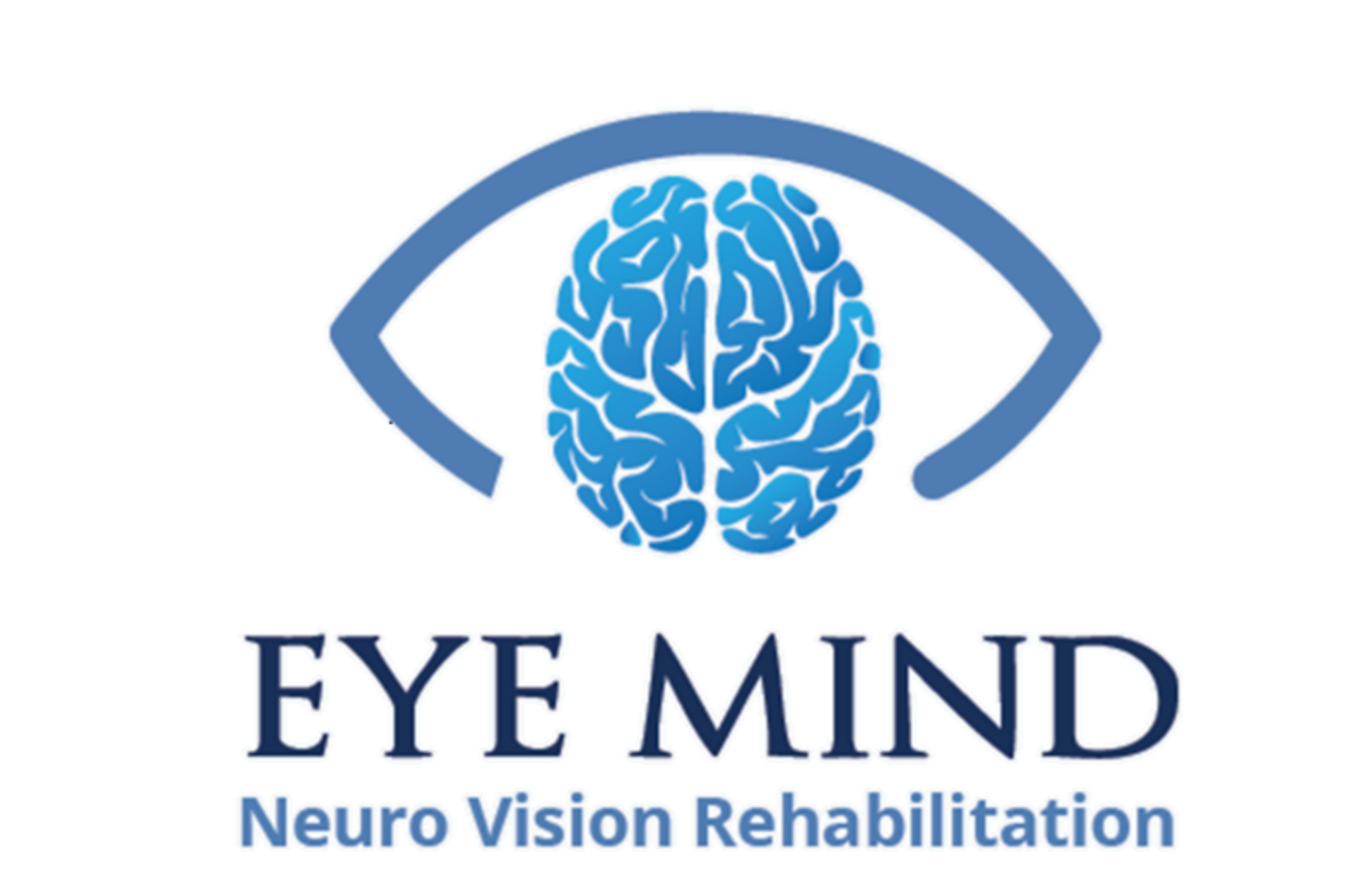Alzheimer’s disease
Alzheimer’s disease, the most common type of dementia, is a progressive brain conditions that gradually imparis thinking and memory. There is no cure for the disease at this time. While the exact cause of Alzheimer’s disease is not fully known, researchers have developed theoris.
Normally, signals traveling through neurons in the brain allow movements, thoughts, feelings, and memories to occur. In people with Alzheimer’s disease, scientists believe that certain proteins might become toxic to the brain and negatively affect the way the neurons function. Another theory involves vascular changes and how much blood and nutrients flow to the brain.
Regardless of the exact cause, Alzheimer’s disease can affect all areas of a person’s life. Unfortunately, it leads to cognitive and memory issues and can cause physical problems as well.
Can Alzheimer’s Disease Affect Vision?
Alzheimer’s disease can affect vision. Vision is a complicated process, in which visual information is sent from our eyes to our brain, where images are interpreted. Various factors contribute to how our brains interpret images, including memories and thoughts.
Alzheimer’s can affect vision in various ways. Certain diseases that affects the brain, including Alzheimer’s, can influence the brain’s interpretation of images being received by the eyes. In addition, vision problems, such as cataracts or changes in eyesight, can make it even more difficult for people with Alzheimer’s or dementia to navigate their world. Sadly, decreased visual perception can lead to misinterpretation of situations and create safety risks for people with Alzheimer’s and dementia.
Alzheimer’s disease, along with other forms of dementia, can have the following effects on vision:
- Problems with object recognition: People with dementia may see an object correctly with their eyes, but their brains may misinterpret what the eyes are seeing. As a result, people with Alzheimer’s may not be able to correctly or accurately name certain things or people they see.
- Poor color discrimination: There seems to be a connection between dementia and difficulties distinguishing between colors. People with Alzheimer’s disease may especially have problems recognizing colors in the blue-violet range.
- Decreased peripheral vision: It’s common for people with dementia to have decreased peripheral vision. Reduced side vision can lead to a variety of challenges for people with Alzheimer’s. For example, they may not notice objects to their side, leading them to bump into or trip over things as they walk.
- Loss of depth perception: People with Alzheimer’s disease may gradually lose their depth perception. They may have problems distinguishing between flat pictures and three-dimensional objects or trouble judging distances.
Steps to Preserve Vision with Early-Onset Alzheimer’s Disease
Most people diagnosed with Alzheimer’s disease are over the age of 60. The incidence of certain vision problems, such as cataracts and macular degeneration, also increases with age. The combination of possible vision issues due to Alzheimer’s disease and age-related eye conditions can put vision at risk. Decreasing the risk of additional vision problems and managing present eye conditions is essential. Having your routine eye exams as prescribed by your eye doctor is also vital. Comprehensive eye exams help diagnose vision problems at their earliest stages.
Finally, maintaining a healthy lifestyle is also important for those with Alzheimer’s disease. Eating a healthy diet, including plenty of fresh vegetables and lean protein, and getting safe, regular exercise are good for overall health, including the health of the eyes.
Parkinson’s disease
Parkinson’s disease (PD) is a type of movement disorder that can affect the ability to perform common, daily activities. It is a chronic and progressive disease, meaning that the symptoms become worse over time. It is characterized by its most common of motor symptoms—tremors (a form of rhythmic shaking), stiffness or rigidity of the muscles, and slowness of movement (called bradykinesia)—but also manifests in non-motor symptoms including sleep problems, constipation, anxiety, depression, and fatigue, among others.
Parkinson’s Effects on Vision
People with Parkinson’s disease (PD) may have a variety of complaints related to their vision such as trouble reading, double vision and dry eyes. While these issues don’t affect every person with PD, it is important to know what the different issues are and that there are a variety of ways to treat them.
How Parkinson’s Affects Your Eyes
- Double vision can often occur because the eye muscles have trouble working together, especially to see up close (convergence insufficiency). Special prism glasses can often correct this.
- Dry eye due to decreased blinking is associated with PD and can cause blurry vision.
- Blurry vision can also be caused by PD medication
- Trouble reading can occur because the eye movements necessary to follow the lines of a page are slowed and have trouble starting (similar to gait freezing in the legs).
- Trouble voluntarily opening the eyes, known as apraxia. Treatments include “lid crutches”.
Some people with Parkinson’s report that their vision loses sharpness as their disease progresses. Difficulties related to the eyes and vision often progress alongside other PD symptoms.
